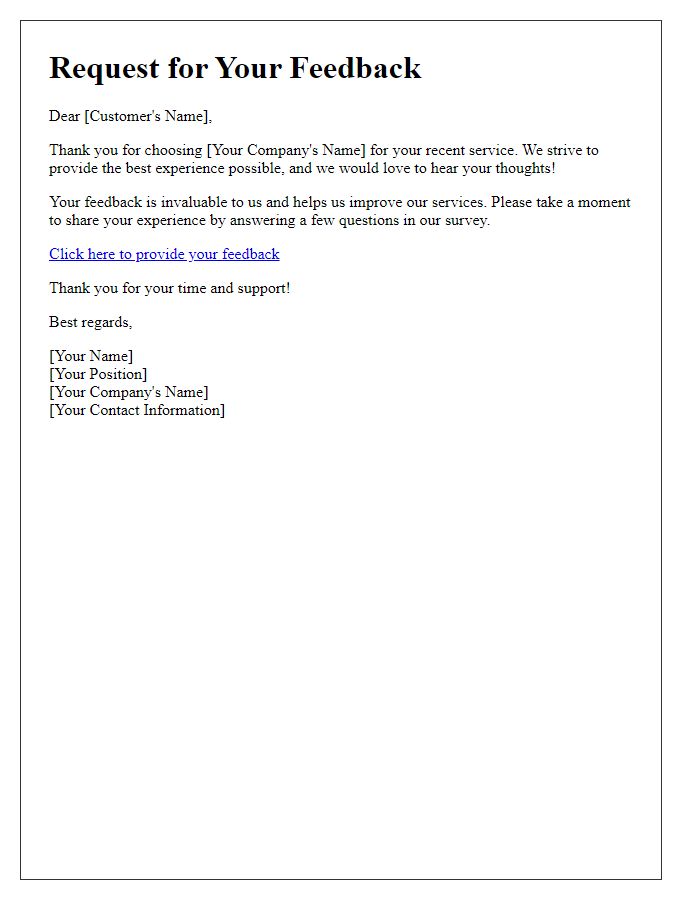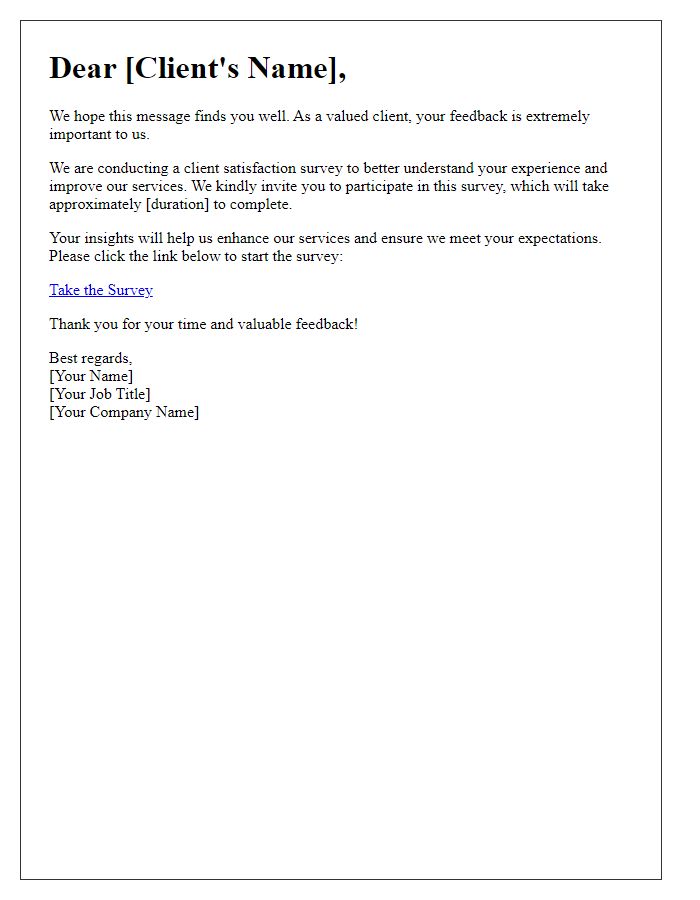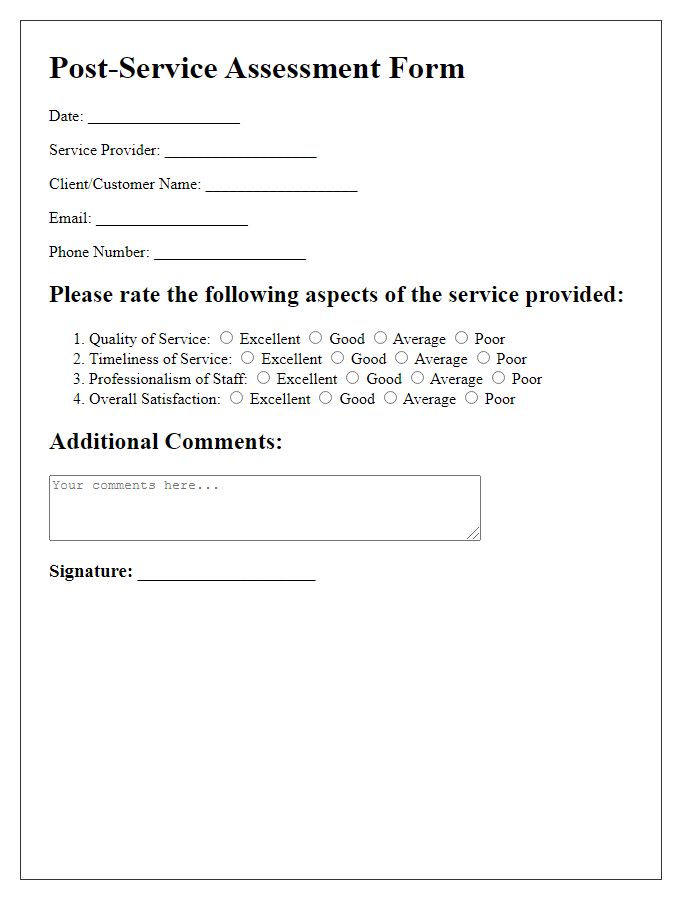Are you looking to elevate your service feedback process? Implementing a structured service review checklist can truly streamline your approach and help you gather valuable insights. With clear categories and specific criteria, you can ensure that every aspect of your service is thoroughly evaluated. Curious to find out how to create the perfect template? Keep reading to explore our comprehensive guide!

Clear objectives and expectations.
A service review checklist ensures clear objectives and expectations are established for effective evaluation. Specific objectives include assessing customer satisfaction, understanding service delivery timelines, and evaluating quality standards. Each expectation should be clearly outlined, such as response times within 24 hours, resolution of issues within five business days, and maintaining a satisfaction rating above 85%. Regular review intervals, such as quarterly assessments, should be established to maintain accountability and transparency. Additionally, documenting feedback through surveys can provide insights into service performance and areas for improvement, ensuring continual enhancement of the customer experience.
Service delivery quality and timeliness.
Service delivery quality significantly impacts customer satisfaction and operational efficiency. Timeliness in delivering services, such as those provided by logistics companies like FedEx or UPS, plays a crucial role in meeting client expectations. High-quality service includes factors like professionalism, accuracy, and responsiveness from service personnel, particularly in sectors such as hospitality and healthcare. A service review checklist should encompass specific metrics, including average delivery times (for example, less than 24 hours for urgent deliveries), customer feedback ratings (above 4.5 out of 5 stars), and the frequency of missed deadlines (ideally less than 5%). These elements help organizations gauge their service performance thoroughly.
Customer satisfaction and feedback.
A service review checklist focuses on customer satisfaction and feedback to enhance service quality. Clear criteria facilitate effective evaluation. Key elements include overall satisfaction rating, responsiveness of staff, quality of the service (such as timeliness and reliability), clarity of communication, and likelihood of recommending the service to others. Quantitative measures like Net Promoter Score (NPS) and qualitative feedback from open-ended questions provide insights into customer experiences. This data informs necessary improvements and helps maintain high service standards. Regular reviews (quarterly or semi-annually) ensure continuous enhancement based on evolving customer expectations.
Performance metrics and data analysis.
Performance metrics play a crucial role in evaluating the effectiveness of services. Key indicators include customer satisfaction scores (typically on a scale from 1 to 10) and service response times (measured in hours or minutes, depending on the industry). Data analysis techniques such as regression analysis and trend monitoring can reveal important insights about service usage patterns. Tools like Microsoft Excel, Tableau, and Google Analytics facilitate this analysis by providing visual representations of data trends. Regular performance reviews, ideally on a quarterly basis, can help organizations identify areas for improvement, ensure compliance with industry standards, and enhance overall service quality. Comprehensive documentation of findings and recommendations fosters accountability and provides a roadmap for continuous improvement initiatives.
Improvement opportunities and recommendations.
An effective service review checklist should include several improvement opportunities and actionable recommendations to enhance customer experience. Critical components might consist of clear communication guidelines, which can prevent misunderstandings during interactions, and streamlined processes that reduce wait times for customers. Regular training sessions for staff could be recommended, ensuring they remain knowledgeable about products or services, fostering a better customer engagement. Implementing customer feedback mechanisms, such as surveys after service encounters, provides valuable insights and direct input from clientele. Establishing metrics for evaluating service quality can also highlight areas needing attention, promoting accountability and continuous improvement. Finally, particularly eye-catching improvement opportunities could include enhancing accessibility features for individuals with disabilities, fostering an inclusive environment that encourages a broader customer base.













Comments